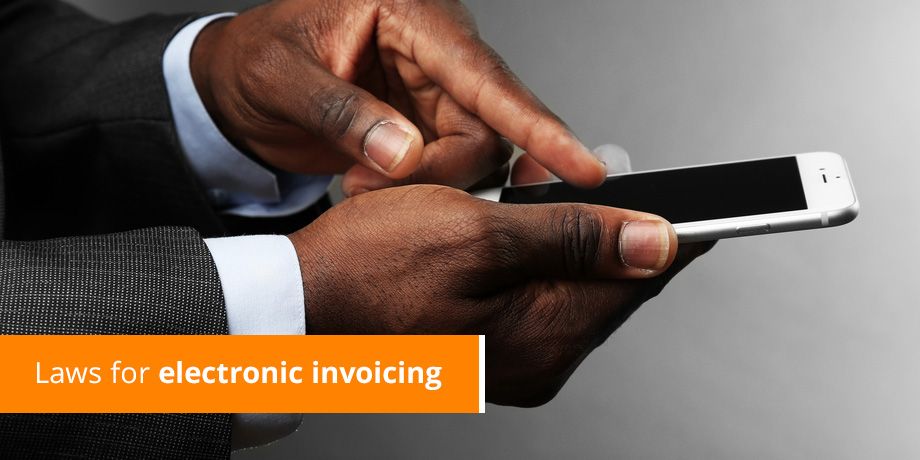
Electronic Invoicing is taking off in a big way as companies recognize the opportunity to decrease costs in print, postage and time whilst enhancing the customer experience and reducing time to pay (days sales outstanding). There are however EU rules around the delivery of electronic invoices that must be followed, as they can carry very significant fines if broken. These rules are not particularly complex, but are surrounded by lots of text that can make them difficult to understand.
This post is a simplified overview of these rules and my advice on how to implement them.
Electronic presentment of invoices and bills accepted for VAT and tax compliance
In 2013 the European Community passed laws giving electronic Invoices and bills the same status as their paper counterparts. This means that EU government tax departments must now accept electronic bill and invoice presentment when auditing companies for VAT and Tax compliance.
This was part of an initiative to:
- Speed up the supply of invoices to customers
- Improve collections and
- Provide the obvious benefits to the environment
The rules now state that in order for electronic invoices to be VAT compliant:
1. The sender MUST obtain consent from the receiver that they are happy to switch to electronic invoicing
2. There must be auditable proof that the sender is who they say they are
3. Proof that the eInvoice is an original which cannot be edited is required
1. Prove electronic consent from recipients
There are a number of ways to prove consent, the simplest is a record of the customer consenting over the phone, but a more effective method includes sending an adoption email with a call to action button driving electronic consent.
2. Provide auditable proof that you are the sender of the electronic invoice
To prove you are the originator of the document is a little more complicated as it means you need to digitally sign the document you send. There are recommendations around how this can be done, but it’s advisable to obtain certificates that are country and language-specific – the last thing you want is a court in France to say that they don’t recognize the certificate authority you decided to use.
You also need to demonstrate auditability with reports and records showing that you followed a documented procedure when sending eInvoices and that the process was compliant. Having an audit trail of how you send invoices and a record of whether the customer received them is sufficient to comply.
3. Proof that the eInvoice is an original which cannot be edited
Protecting the document with a password will prevent editing or altering of the original. Applications like Word and Excel can do this but Adobe PDF is the most secure and popular format.
The PDF document can also be encrypted as well as protected by a password or shared secret, so only the intended recipient can open it. This is optional because there is no legal requirement to do this, but clearly it is good to practise.
Improve the customer experience with secure document delivery today














